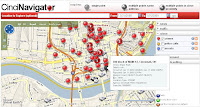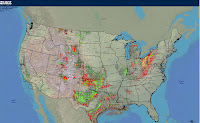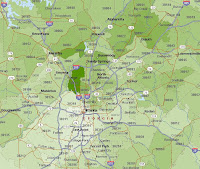Seattle Times: No Earthquake Map?
As we reported last July, The Seattle Times now has a " Mapping the News " page up on the website for local news stories. It is a Google Maps powered application that sorts by day and location. Looks like they used the Google Maps API and their dateline to post the news items. It's odd though that for today particularly with a minor earthquake striking the region that that isn't referenced. Only the epicenter is noted on the page with their story but I found it strange that more news about the quake isn't posted to the Mapping the News page. They have links to other references about the temblor but I expected more at their online portal. But the Times is better at it than the Post-Intelligencer which has no maps at all!


